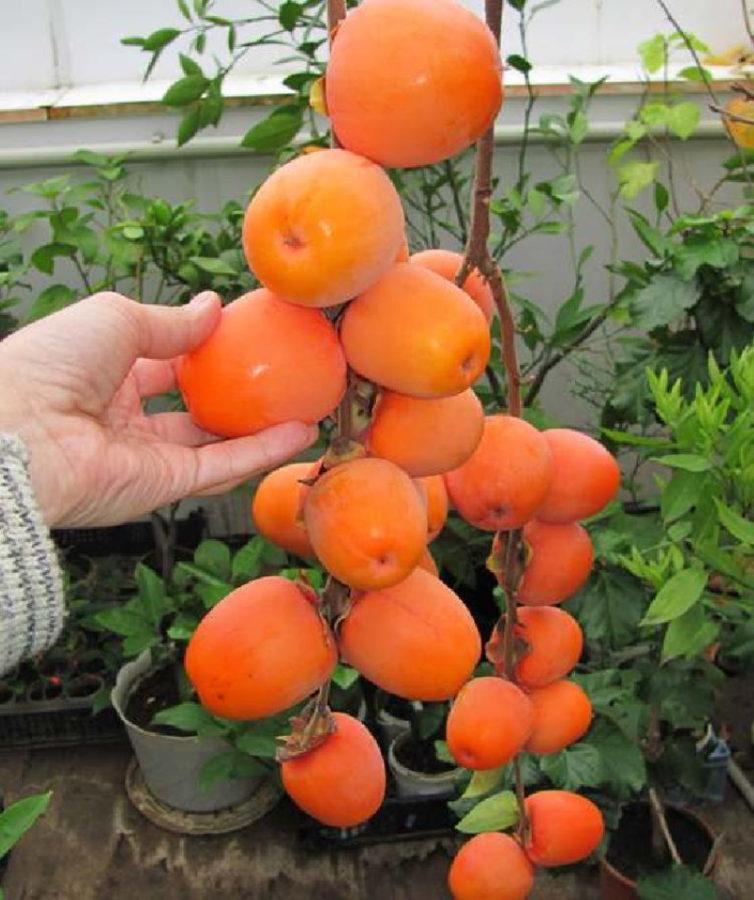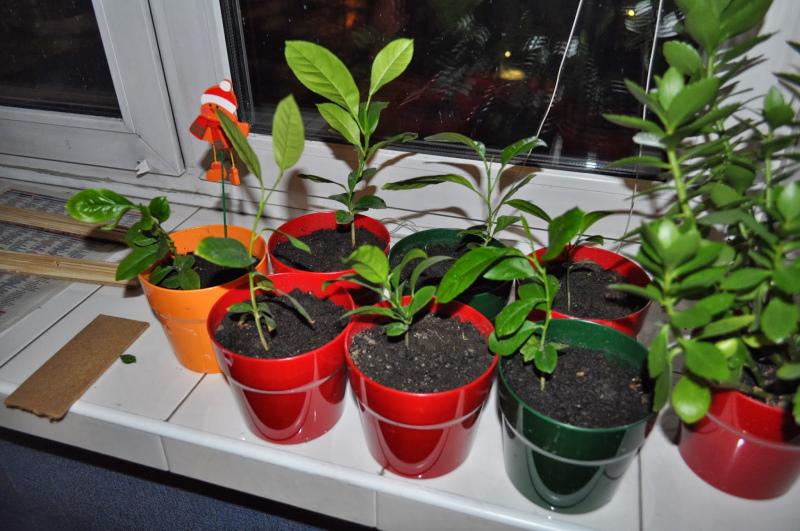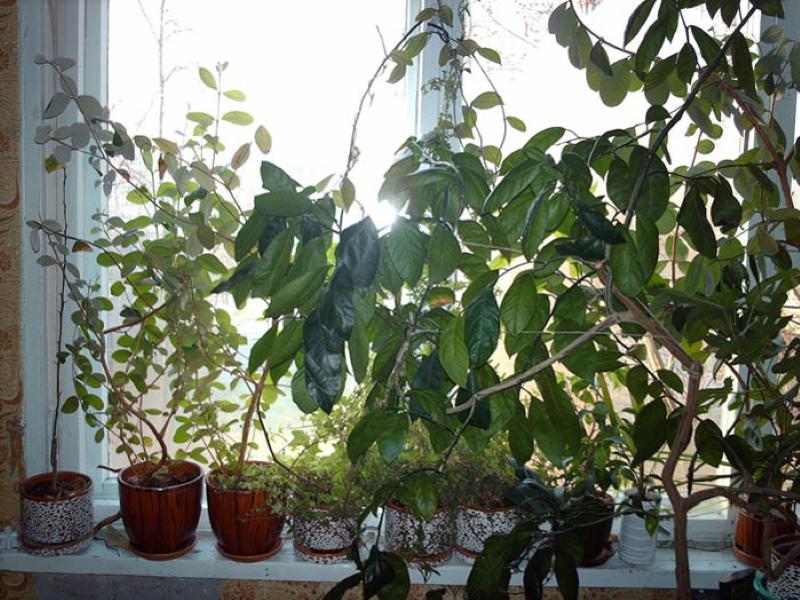Persimmon - growing at home in detail
 A stable temperature regime in the house allows you to grow not only flowers in pots, but also various vegetables and even fruits. Heat-loving exotics feel especially good indoors. One of them is persimmon, which can be grown at home if certain rules are followed. This applies to both the choice of planting material and the regulation of the temperature regime and the care of the indoor plant.
A stable temperature regime in the house allows you to grow not only flowers in pots, but also various vegetables and even fruits. Heat-loving exotics feel especially good indoors. One of them is persimmon, which can be grown at home if certain rules are followed. This applies to both the choice of planting material and the regulation of the temperature regime and the care of the indoor plant.
Persimmon - growing at home

Given that the seed is reliably hidden under a thick peel, the seeds need to be prepared before planting. It consists in the following procedures:
- Disinfection. The washed seeds are kept in a solution of potassium permanganate for 2 days.
- Treatment with a growth stimulator to accelerate germination according to the instructions.
- Stratification. The bones are sent for 2 months in a cool room or put in a refrigerator to recreate natural conditions (summer-winter).
- Scarification... It is difficult for delicate sprouts to break through the dense skin. To make the bone open faster, its ribs are filed with sandpaper.
The prepared bones are planted in small cups with light soil and placed in a bright and warm place. Be sure to cover the top to get the greenhouse effect. After emergence, the film is removed.
Lighting and temperature requirements
 Persimmon needs good lighting, but you can't put it on the southern windows in summer. Burns occur on the leaves from the scorching direct rays. Therefore, it is better to take the east or west side for it, or shade it by hanging tulle.
Persimmon needs good lighting, but you can't put it on the southern windows in summer. Burns occur on the leaves from the scorching direct rays. Therefore, it is better to take the east or west side for it, or shade it by hanging tulle.
But in autumn and winter, the bushes need additional lighting for at least 4 hours: in the morning and in the evening.
It is also important to observe the temperature regime, because this is a deciduous culture with a pronounced dormant period. For the winter, the plant is taken to a cool room with a temperature of no higher than 10 ° C heat.
How to care for potted persimmons
 Watering the bushes should be done often, especially in summer, but not pouring or making a potted swamp. If persimmon throws off its leaves from overdrying the soil, then the roots rot from waterlogging. But the exotic loves spraying, as well as high humidity.
Watering the bushes should be done often, especially in summer, but not pouring or making a potted swamp. If persimmon throws off its leaves from overdrying the soil, then the roots rot from waterlogging. But the exotic loves spraying, as well as high humidity.
For active development, a houseplant needs good nutrition. Twice a month he is fed with a mineral complex, except for a dormant period.
Regular pruning and pinching will help curb persimmon growth, give it a lush shape and speed up fruiting. When the seedling reaches 30 cm, they pinch the shoots for tillering and repeat this with each new growth.